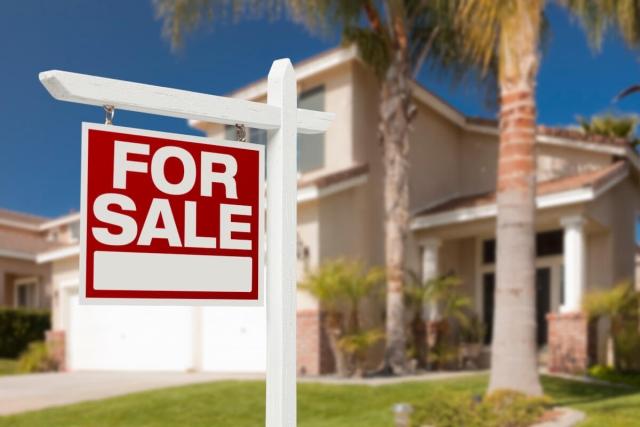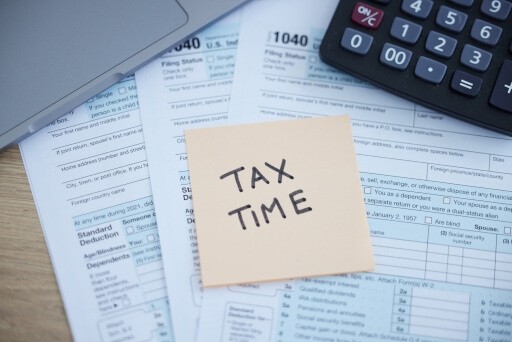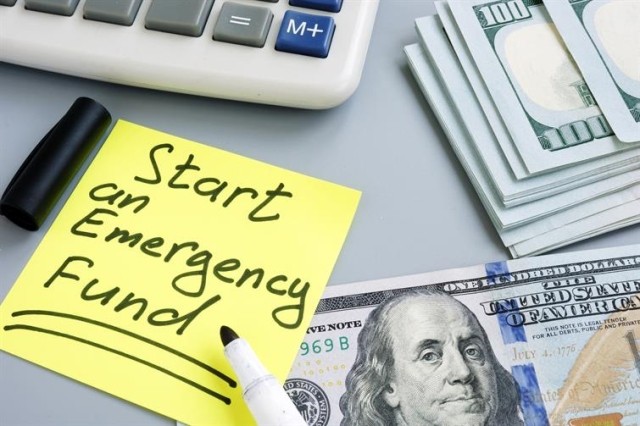
How do you know when it is the right time to buy a rental?
I'll start by telling you my rental story. I became an accidental landlord in 2011 and an on-purpose landlord in 2013. There was a big difference between the two decisions.
Accidental landlord
In 2011, I got married and suddenly two lives became one—except the two houses we had. That's when I became an accidental landlord. I fumbled through pricing our rental, listing it, managing payments, and doing every other aspect of being a landlord. It took a year for me to get a handle on the workflows that made sense and to streamline the processes. From beginning to end, we made at most negative $100 a month.
On-purpose landlord
Now, the first time I became an on-purpose landlord, more strategy was involved. We decided to house hack by buying a multifamily, living in one unit, and renting the other two. When we made this decision, we knew the amount we could charge in rent. We knew the market potential. It worked well. We lived nearly mortgage-free, and when we sold, we sold for a six-figure profit.
When is the right time to become a landlord?
If you want to be a landlord, the right time is now. Start putting together a plan to meet your goal so you are ready to act when the right property presents itself. Several items need to be put in place before you purchase:
- Financing
- Choosing a market
- Picking a property
- Preparing the property
- Managing the property
Becoming a landlord is a business decision and shouldn't be made haphazardly, so make sure you have a comprehensive plan in place before taking the next step.
Financing
Before you become a landlord, you need to know about financing a property. Single-family investment properties require a 20% down payment in most cases. Multifamily investment properties require a 25% down payment.
There are two ways to get around the large down payment, and my previous examples show both.
- Live in the property first for the required amount of time per your mortgage contract and then convert it to a rental.
- Buy a multifamily, live in one unit, and rent the other units.
Both of these options provide the option of qualifying for down payment assistance programs or reduced down payments.
Researching the market
Before purchasing a rental property, understand the demand for your market. Once you know the rental demand is there, research what you can charge for rent.
To determine if the property price is worth investing in, try the 1% rule. Can you make 1% of the purchase price a month on the rent? For example, let's say you bought a two-flat for $250,000. You could make $1,300 for one unit and $1,200 for the other unit. You would meet the 1% rule of $2,500 in rent per month.
Choose a property
When doing your market research, look for an area that is appreciating at least 3% per year. Go to neighbrhoodscout.com to find appreciation rates in your area. Rental properties take, on average, three years to make a profit, but just because they aren't making a profit doesn't mean that it isn't a good investment. A renter is paying the mortgage on your property, a property which could also be increasing in value. Even if you aren't making a large profit month to month, you are likely going to see a return when you sell.
Preparing the property
Many real estate investors have heard of BRRR (buy, renovate, rent, refinance), but the one thing to consider is not to OVER renovate. Fresh paint and polished appliances make a big difference for a minimal amount of money. You don't need to install new flooring, buy new appliances, and redo the kitchen to get a good renter.
The house merely needs to be ready to be lived in. Plumbing, electrical, HVAC, and the roof must be in good order. If those items are working well, post the "for rent" sign. Vacancy is the enemy, and a lengthy renovation will kill your profit in more ways than one.
Managing the property
Last, you need to understand how to manage the property. There is more to it than finding a renter. You need a lease in place, a means for collecting rent, a system for maintenance requests, and knowledge of your renter's legal rights.
Understand the rental laws in your area. You will need to know security deposit rules and tenant notice laws at a minimum.
Last, you can find template leases everywhere. Make sure your lease is legal for your state. Every state is different and will have subtle differences. There’s an easier way to create lease agreements. Just use Apartments.com! With our Rental Tools platform, you can easily create a lease that fits your property and your standards. Our fully customizable lease agreements are state-specific and legally binding, meaning you can create a lease no matter where your property is located, and it will adhere to all state laws and local ordinances. Once your lease is created, your tenants can quickly sign online. No more hand-delivering paper leases and then trying to find a place to store them! Apartments.com keeps all your leases neatly organized and accessible so you can reference them whenever you like.
In conclusion
Before making the decision to buy a rental, put a plan in place. Being a landlord can be a great investment to build your long-term net worth, but it can go badly if not taken seriously. Take the time to research, save, and plan before jumping into the world of rentals.











